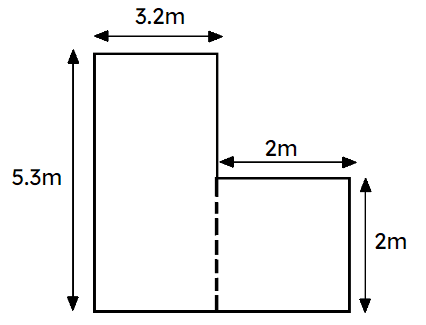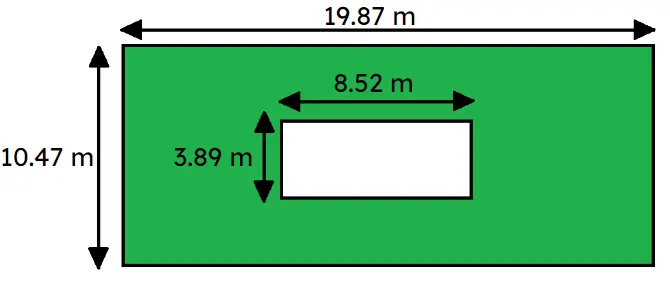Myths about teaching can hold you back


- Year 8
Problem solving with estimation and rounding
I can use my knowledge of estimation and rounding to solve problems.


- Year 8
Problem solving with estimation and rounding
I can use my knowledge of estimation and rounding to solve problems.
These resources were made for remote use during the pandemic, not classroom teaching.
Switch to our new teaching resources now - designed by teachers and leading subject experts, and tested in classrooms.
Lesson details
Key learning points
- It may be helpful to estimate an answer to check the magnitude is correct.
- It can be useful to use rounding to significant figures when dealing with very big or very small numbers in context.
- Estimates can help when making decisions about maximum or minimum possible answers in real life contexts.
- You can use Fermi estimation to find approximate solutions to problems.
Keywords
Estimate - A quick estimate for a calculation is obtained from using approximate values, often rounded to 1 significant figure.
Common misconception
Using the wrong limits when dividing or subtracting in order to find the upper limit of a calculation or lower limit of a calculation.
Drawing a number line to show with subtraction will help students see how to achieve an upper or lower limits of an error interval calculation. When using division, reiterating the division of number is the same as multiplying by its reciprocal.
To help you plan your year 8 maths lesson on: Problem solving with estimation and rounding, download all teaching resources for free and adapt to suit your pupils' needs...
To help you plan your year 8 maths lesson on: Problem solving with estimation and rounding, download all teaching resources for free and adapt to suit your pupils' needs.
The starter quiz will activate and check your pupils' prior knowledge, with versions available both with and without answers in PDF format.
We use learning cycles to break down learning into key concepts or ideas linked to the learning outcome. Each learning cycle features explanations with checks for understanding and practice tasks with feedback. All of this is found in our slide decks, ready for you to download and edit. The practice tasks are also available as printable worksheets and some lessons have additional materials with extra material you might need for teaching the lesson.
The assessment exit quiz will test your pupils' understanding of the key learning points.
Our video is a tool for planning, showing how other teachers might teach the lesson, offering helpful tips, modelled explanations and inspiration for your own delivery in the classroom. Plus, you can set it as homework or revision for pupils and keep their learning on track by sharing an online pupil version of this lesson.
Explore more key stage 3 maths lessons from the Estimation and rounding unit, dive into the full secondary maths curriculum, or learn more about lesson planning.

Licence
Prior knowledge starter quiz
6 Questions
Q1.A degree of accuracy shows how precise a or measurement is. For example, to the nearest cm, nearest 10, 1 s.f. and so on.
Q2.Alex buys paper £4.95, USB £$$\square$$, stamps £5.20, crisps £0.95, staples £1.10 and plug £1.99. He pays with a £20 note and receives about £2 back in change. Estimate the cost of the USB.
Q3.An error interval for a number $$y$$ shows the range of possible values of $$y$$. It is written as:
Q4.When a number, $$x$$, is rounded to the nearest integer the result is 88. Identify the error interval.
Q5.A triangle has lengths 3.5 cm (2 s.f), 4.1 cm (2 s.f) and 4.8 cm (2 s.f). Write the error interval for the perimeter $$p$$ of the triangle.
Q6.A square has lengths in centimetres to 1 decimal place. The error interval of the area of the square is $$17.2225 \leq x <18.0625 $$. Work out the length of the square to 1 d.p.
Assessment exit quiz
6 Questions
Q1.Work out an estimate for the area of the shape.

Q2.Here is a grassed garden with a summer house in the centre. Using estimation and rounding, estimate the area of the grass.


